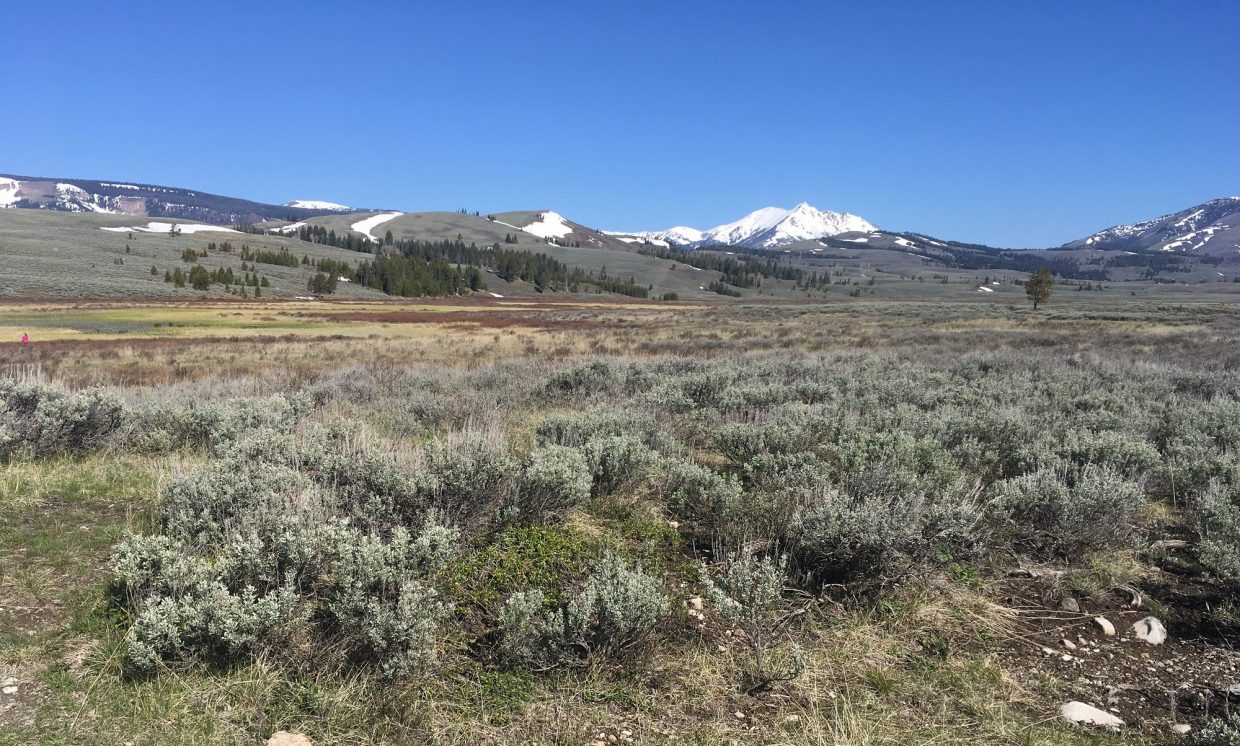The Weed Control Balancing Act: Study Shows Preemergent Herbicides Can Reduce Desirable Native Species
It is clear nonnative plant invaders can devastate native plant communities. But weed management efforts can also hold the potential to cause harm.
One example: In the arid rangelands of the western United States, nonnative winter annual weeds are negatively impacting both forage production and biodiversity – altering fire patterns and disrupting natural ecosystems. One method used to control these unwanted weeds is to apply the preemergent herbicide indaziflam, which can suppress weeds emerging from the soil seedbank.
During a two-year study featured in the journal Invasive Plant Science and Management, researchers from Montana State University explored the efficacy of indaziflam in controlling nonnative annual mustard plants invading Yellowstone National Park. They also explored the potential effects of the herbicide on the diverse native sagebrush communities that provide forage and wildlife habitat.
They found that indaziflam was highly effective at controlling the emergence of annual mustard by depleting the soil seedbank. Unfortunately, though, the richness and diversity of the native plant community was also negatively impacted. Perennial grasses were not affected, but fewer native forbs emerged, with at least a 50 percent reduction in annual forb species.
The takeaway: Indaziflam is best used in invaded areas with limited native annual forbs and where seedbanks are largely composed of undesirable species.
Want to learn more? Visit the article “Indaziflam controls nonnative Alyssum spp. but negatively affects native forbs in sagebrush steppe”.







